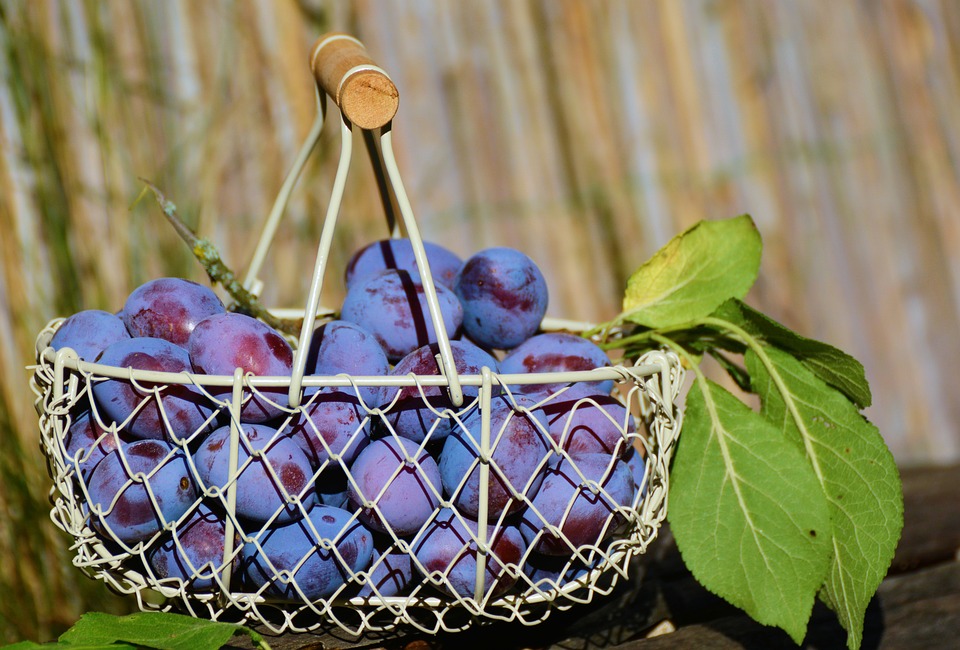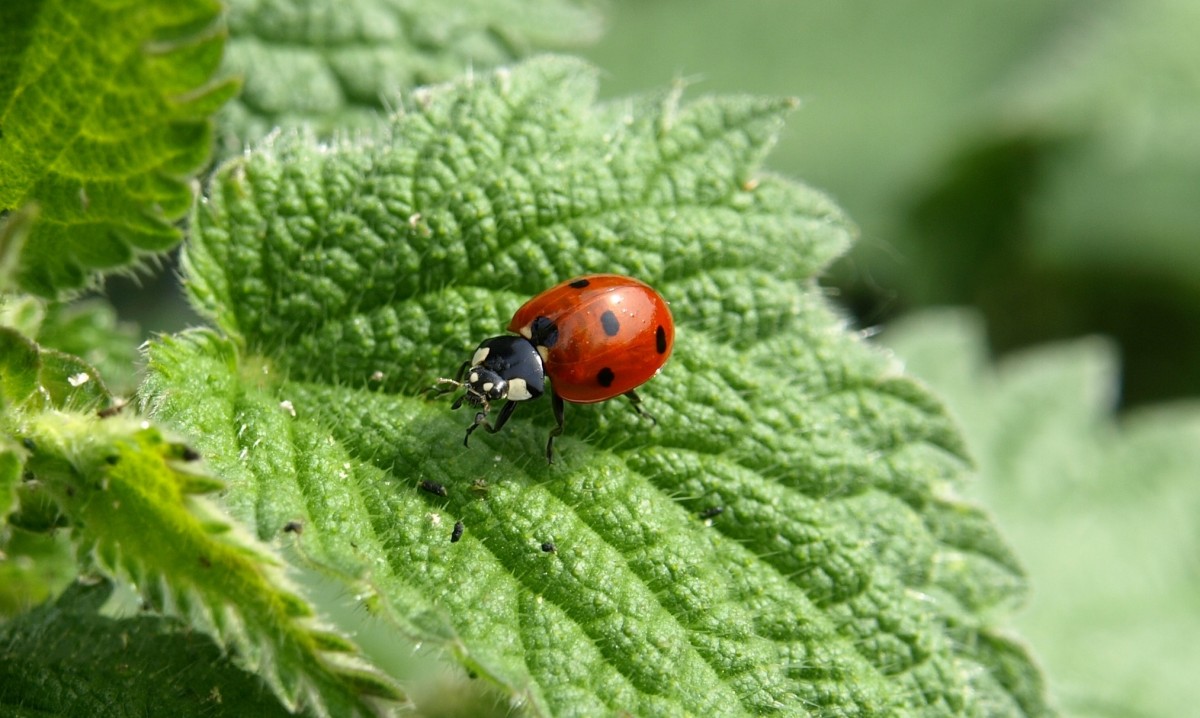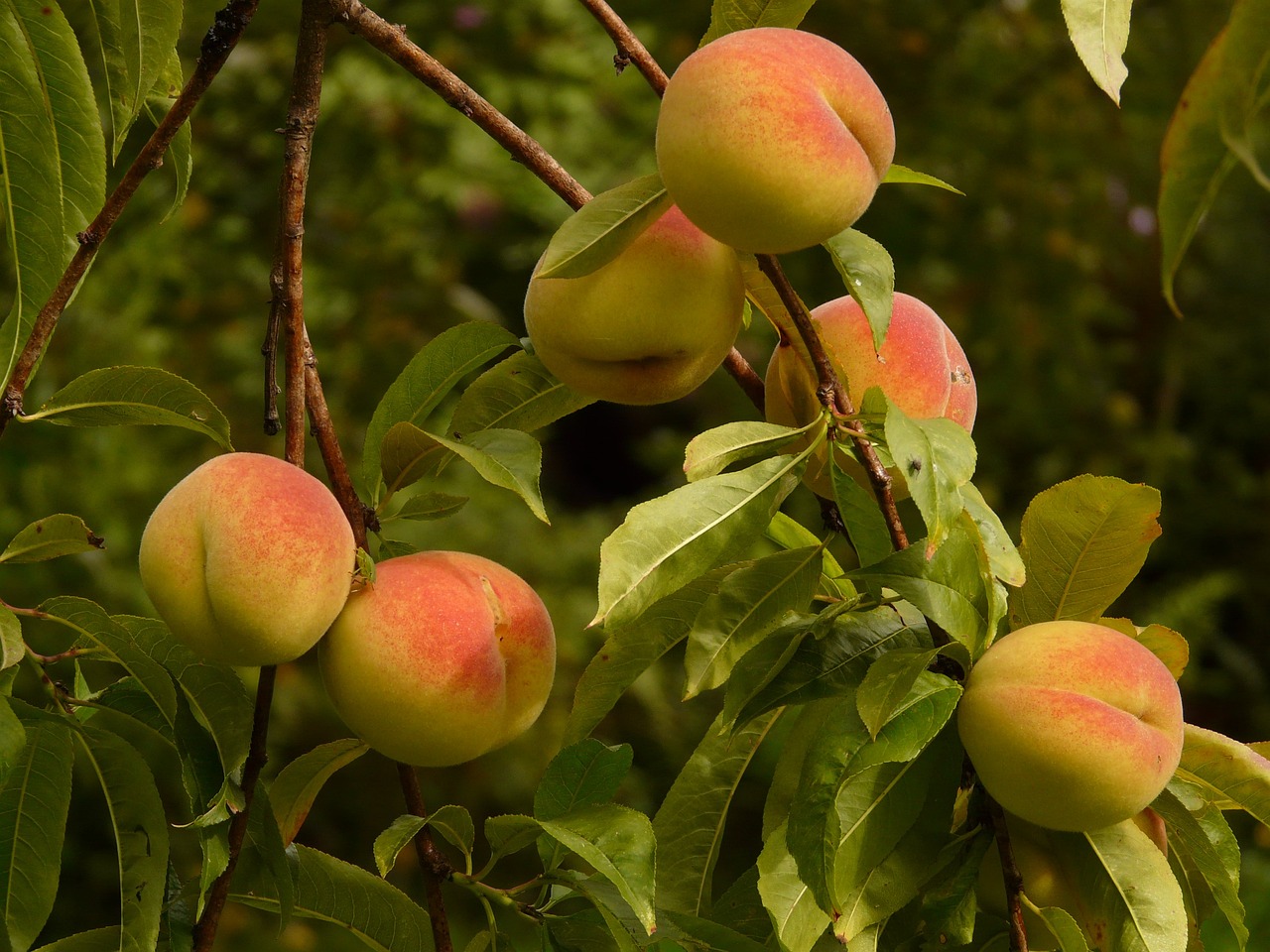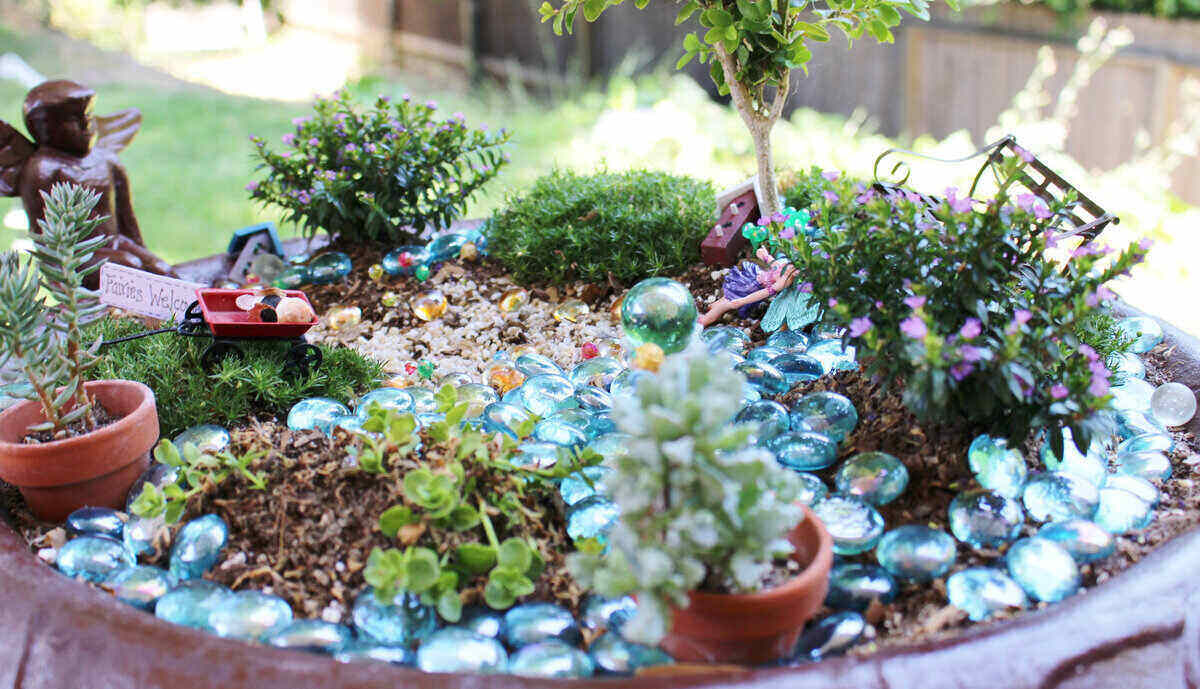While apples and pears belong to the stone fruit (the fruit contains a number of small seeds), plums belong to a different group, the stone fruit group, since they have a large seed in each fruit. Cherries, apricots, peaches, nectarines, etc., also form part of this group.
The Latin name for plum is Prunus domestica, and subspecies also exist. There are many varieties, some of which belong to very old (literally ancient) groups such as duckweed, mirabelle, and wynd.
Plum trees are very hardy, but they flower earliest (in March) of all fruit trees (depending on the variety). At that time, there is still a great possibility of night frosts, and night frosts are not bad for the trees, but they are bad for the flowers.
Ripe plums are harvested from mid-July to the end of September (depending on the variety).
Plants
The plum tree blooms early, producing beautiful, fragrant white flowers on bare branches. After the flowering period, leaf growth begins.
The flowers are monoecious (each flower has both male and female reproductive organs) and are pollinated by insects. Plum trees need to cross-pollinate, so having several plum trees increases the likelihood of a good harvest. Although there are self-pollinated plums, there are still many trees, and cross-pollination will increase the yield and improve the quality of the fruit.
There are varieties suitable for food use, especially canning and cooking, such as large, small, early, late, juicy, dry, sweet, and fresh, so think about what you are looking for. And, of course, there are small and large trees (depending on the rootstock used). Just be well informed about these factors before buying a plum tree.
Site
Plum trees prefer full sun but can tolerate partial shade. Like other fruit trees, plum trees prefer humus-rich soil. Well-drained, well-ventilated soils that contain sufficient moisture and are not soggy are suitable. Growers do not recommend garden soil with manure, fertilizer, or compost at planting time, as it can be sharp (due to composition/maturity, etc.) and may damage small roots. Plum trees prefer neutral to slightly alkaline soil in acidity (around pH 7.0 to 7.5). The best time to plant plum trees is from November to February, when plum trees hibernate.

Nutrition
Plum trees need natural nourishment. Without nutrition, the tree and flowers will not grow well, and the plums will remain small. Too much nitrogen will cause too many leaves and water sprouts, adversely affecting the plums’ quality and yield. Trees that are overfertilized are also more susceptible to disease. Various factors such as the size of the plum tree (larger trees need more nutrients than smaller ones), the condition of the soil, soil structure, and soil organisms will determine the amount of food that should be given. Ready-made feed for fruit trees can also be purchased.
Protection
As mentioned above, plum trees can suffer from night frosts. Plum trees are among the first fruit trees to bloom, so they can be affected by night frosts. Pay attention to weather forecasts and take measures if necessary.
Remember that low trees in sunny, sheltered yards are much less affected than tall trees in open areas. So, make sure they are well protected from the sun and wind. Also, if you have a few nights with significant nighttime frost, you may want to put a fleece cloth over the foliage.
Pruning
While apples and pears are often pruned in winter, this is not the case with plum trees. Pruning is done in August and September, immediately after harvest. If you find out in January that you forgot to prune your plum trees in September, skip pruning for a year.
The small branches can simply be cut off with shears. Larger branches may require a small pruning saw.

Have you ever tried growing plums? Share your gardening experience with us in the comments below!



